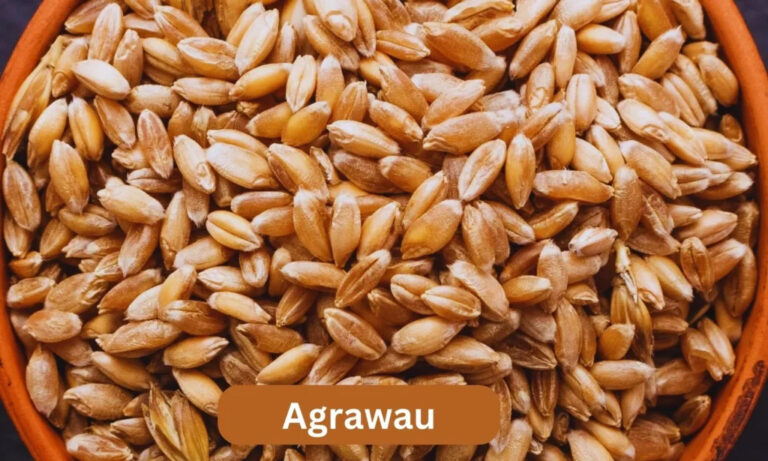Orangia is a word that can mean different things depending on where you look. It could be a name for a plant, a place, or even a story from long ago. People from different cultures and languages might have their own special meanings for the word Orangia. Learning about Orangia is like going on a treasure hunt! We can discover all sorts of interesting facts and stories along the way.
In this article, we will explore what Orangia means in different contexts. We’ll look at its historical roots, its connection to nature, and how it has been a part of stories and traditions. So, let’s dive into the colorful world of Orangia and see what we can find!
What is Orangia?
Orangia can refer to different things based on the context. For some people, Orangia might be a special name for a plant. Plants are important because they give us oxygen to breathe and food to eat. Some plants are even used in medicines! If Orangia is a plant, it might have colorful flowers or tasty fruits.
In another context, Orangia could be a name for a place. There are many beautiful places in the world, each with its own unique features. Some places are known for their stunning views, while others are famous for their rich history. If Orangia is a location, we might discover breathtaking landscapes or interesting facts about the people who live there.
Lastly, Orangia might also appear in stories or legends. Many cultures have rich folklore that tells tales of magical creatures, brave heroes, or wise elders. If Orangia is part of a story, we can learn about the adventures and lessons that come with it. Stories are important because they help us understand the world and connect with others.
The Historical Roots of Orangia
The history of Orangia is fascinating. Long ago, ancient civilizations used the word to describe various things. In some cultures, it was a name for a plant that had special meaning or importance. People believed that this plant could bring good luck or health. This shows us how people in the past valued their connection to nature and the resources it provided.
In addition to plants, Orangia may also have been used in the names of places. Many towns and cities have names that come from ancient languages. These names often tell us about the history of the area and the people who lived there. When we learn about the historical roots of Orangia, we can see how it has changed over time.
As we explore the history of Orangia, we also discover how it has been used in various stories. Legends passed down through generations often feature places or things that were once considered magical or significant. This connection to storytelling is important because it helps preserve culture and tradition. By understanding the historical roots of Orangia, we can appreciate its role in the tapestry of human experience.
Orangia in Nature
If Orangia refers to a plant, it is essential to learn about its characteristics. Many plants have unique features, such as beautiful flowers, interesting shapes, or special colors. These features can make them stand out in nature. For example, some plants have bright orange flowers that can attract butterflies and bees. These insects are crucial for pollination, which helps plants grow and produce fruits.
Plants like Orangia may also have specific growing conditions. They might thrive in sunny areas or prefer shade. Knowing where and how a plant grows can help us take care of it. For instance, if we want to grow an Orangia plant in our garden, we need to ensure it gets enough sunlight and water.
In addition to their beauty, plants can also have medicinal properties. Some people use plants to create natural remedies for common illnesses. If Orangia has healing properties, it might be used in herbal medicine. This shows us how important it is to understand and appreciate the plants around us. They can provide us with food, medicine, and beauty.
Orangia in Folklore
Orangia can also be found in folklore and stories. Many cultures have tales that feature magical places or creatures. These stories are passed down from generation to generation, and they often teach valuable lessons. If Orangia is part of a folklore tradition, it might be associated with specific characters or events.
For example, there could be a story about a brave hero who travels to Orangia to find a magical flower that can heal anyone. This hero might face challenges and meet interesting characters along the way. Stories like these are important because they inspire us and teach us about courage, friendship, and perseverance.
Additionally, Orangia might be connected to traditional celebrations or festivals. Many cultures have special days when they celebrate their history and values. If Orangia is linked to a festival, it could involve music, dance, and delicious food. These events bring people together and create a sense of community. By learning about the folklore surrounding Orangia, we can understand how it is woven into the fabric of culture.
Modern Interpretations of Orangia
In today’s world, the term Orangia may be interpreted in various ways. For some, it could represent environmental awareness and the importance of nature conservation. Many people are passionate about protecting plants and wildlife. If Orangia symbolizes nature, it could inspire individuals to take action and help preserve the environment. This is important for the future of our planet and the creatures that inhabit it.
Orangia might also be used in art and literature. Artists often find inspiration in nature and folklore. They might create paintings, songs, or stories that celebrate the beauty and significance of Orangia. This connection between creativity and nature allows us to appreciate the world around us in new ways.
Furthermore, Orangia can be a source of inspiration for future generations. By learning about its history, significance, and interpretations, young people can develop a sense of curiosity and respect for the world. This can lead to a greater appreciation for nature and culture, encouraging them to explore and create their own stories.
Orangia and Sustainability
In recent years, the concept of sustainability has become increasingly important. Sustainability means taking care of our planet and using resources wisely so that future generations can enjoy them too. If Orangia represents nature, it can be seen as a reminder of the need to protect our environment.
Sustainable practices include planting trees, conserving water, and reducing waste. These actions help ensure that plants like Orangia can thrive for years to come. People around the world are working hard to create a more sustainable future, and they often draw inspiration from nature. By understanding Orangia’s role in the environment, we can learn how to live in harmony with the world around us.
Moreover, education plays a crucial role in promoting sustainability. Teaching children about the importance of nature and conservation can inspire them to make a positive impact. If young people learn about Orangia and its significance, they may feel motivated to take care of the environment and protect it for the future.
Conclusion
In conclusion, Orangia is a fascinating term with various meanings. Whether it refers to a plant, a place, or a story, Orangia has rich historical roots and connections to nature. By exploring its different contexts, we can appreciate its significance and role in our world.
From ancient civilizations to modern interpretations, Orangia teaches us about the importance of nature, folklore, and sustainability. As we learn about Orangia, we open our hearts and minds to the wonders of the world around us. By protecting and celebrating nature, we can ensure that future generations can enjoy the beauty and magic of Orangia.
So, let’s continue to explore, learn, and share the stories of Orangia, inspiring others to appreciate the world’s treasures!












